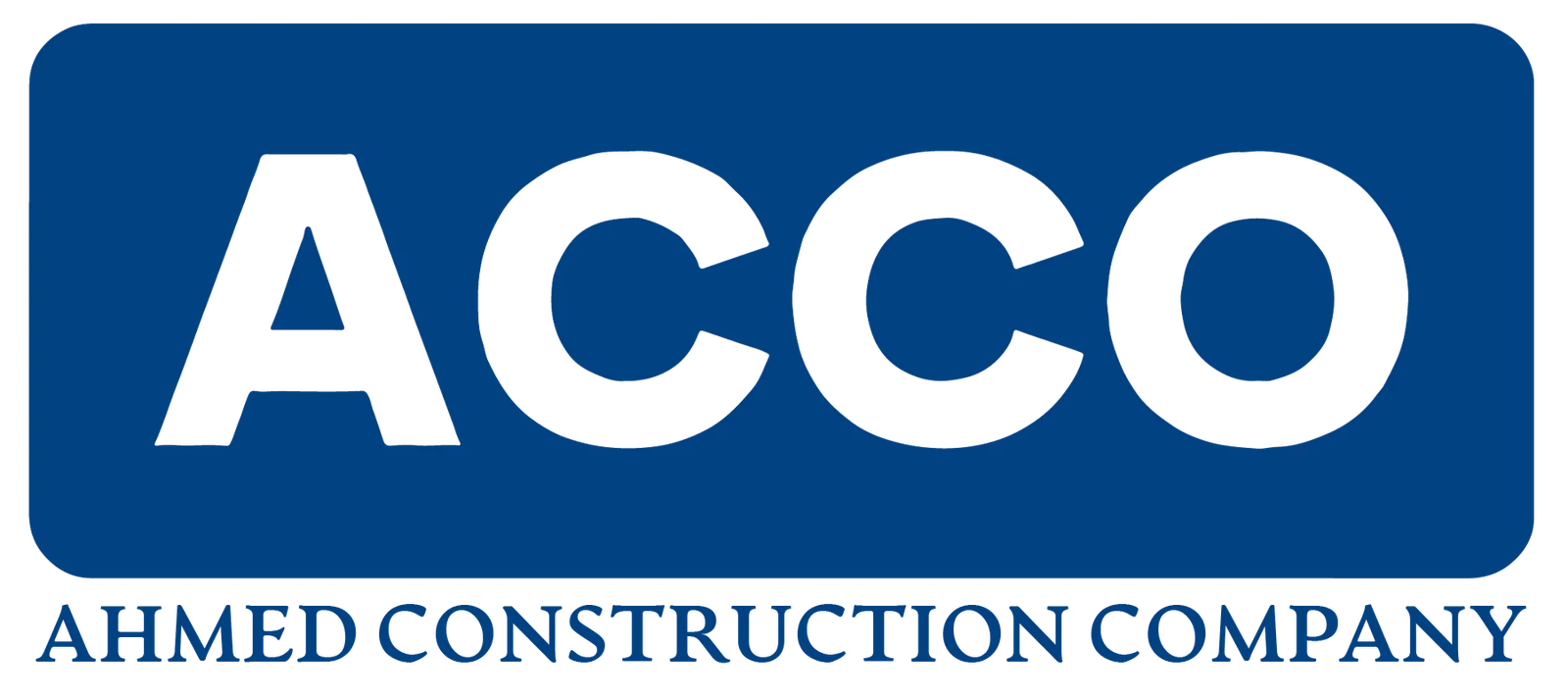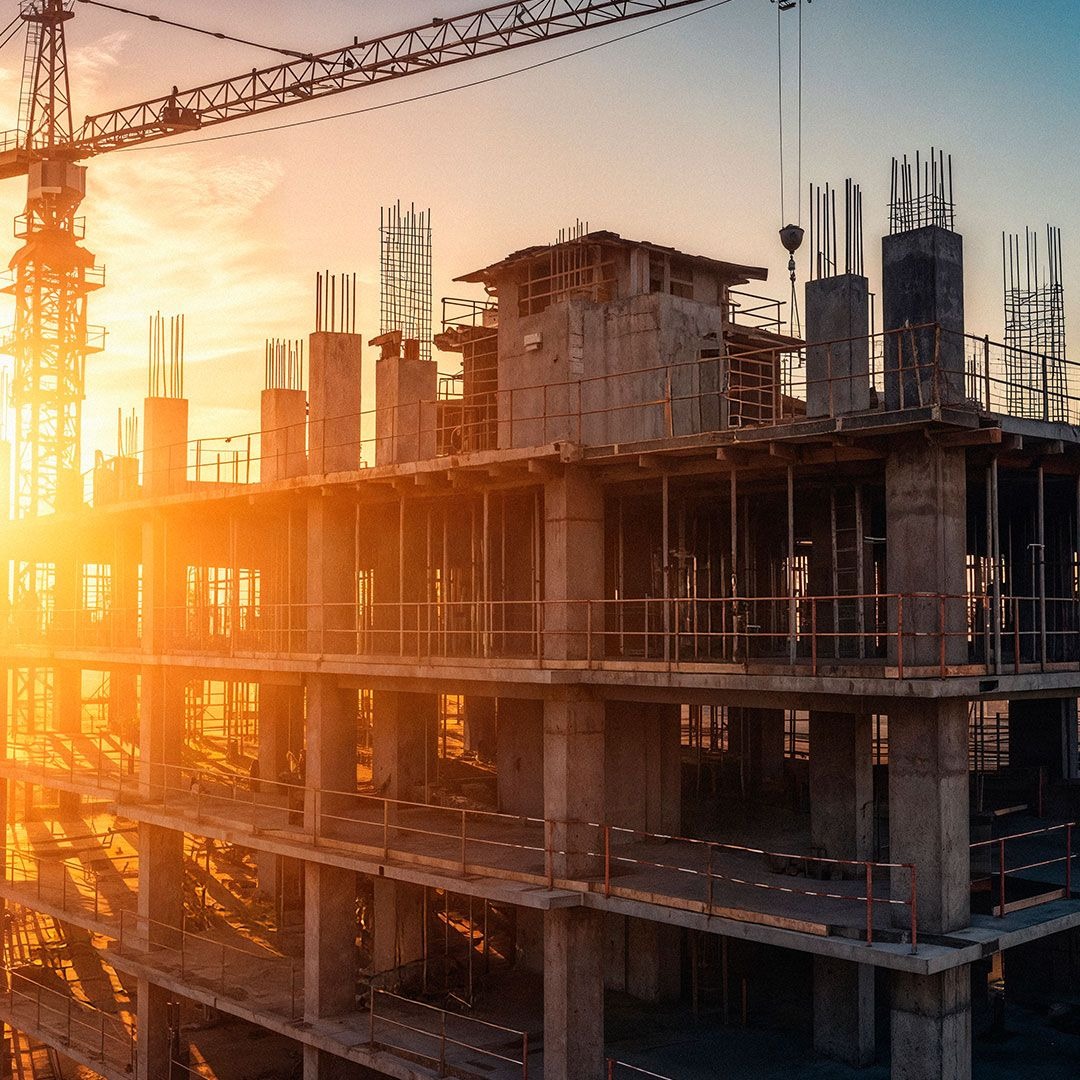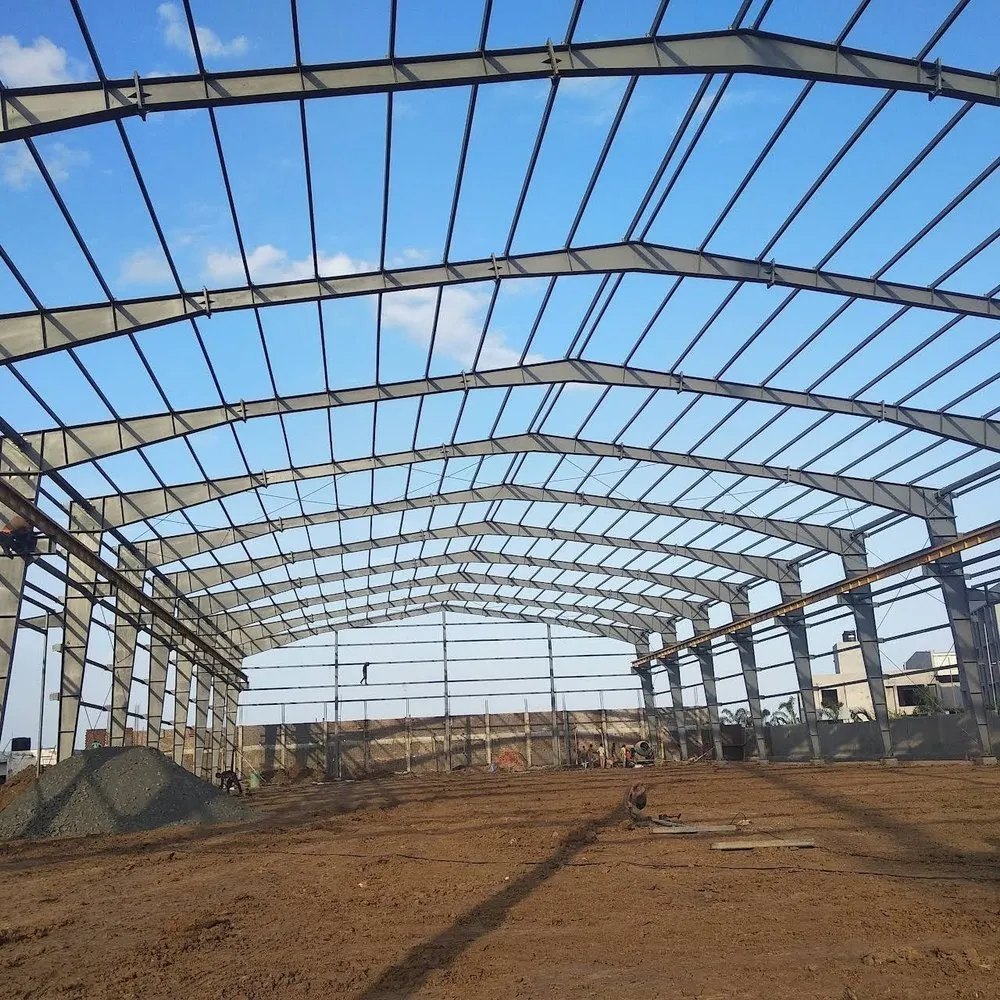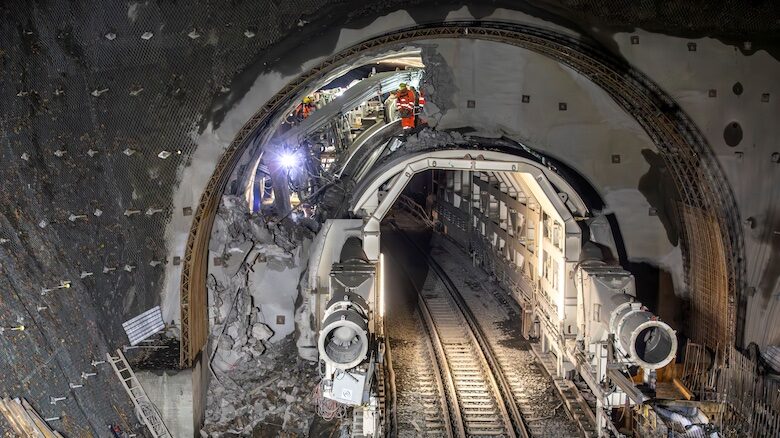
Herrenknecht Digs Out Key Links for North Sea Power

On a flat, windswept green plain north of Hamburg in the state of Schleswig-Holstein, Germany, a Herrenknecht tunnel boring machine is now 200 meters deep into burrowing under the Elbe River estuary. At this point the river, close to its mouth at Cuxhaven and the open Wadden Sea, is a mile-and-a-half across.
The Herrenknecht machine is clearing the way for a key link in Germany’s plans to distribute and balance offshore wind power with solar-generated power in the south of the country as part of the SüdLink connector. At 430 miles, SüdLink is set to be one of the longest underground power lines in the world, according to engineering consultant Jacobs.
Germany is in the middle of a close-to-wholesale remaking of its energy mix, pressed on multiple sides by climate change targets, the closure of its nuclear power supplies and most immediately by the ongoing war in Ukraine. The SüdLink tunnel under the river—the Elbe project is called ElbX—will route six 525 kV cables and associated housing, safety, control and monitoring gear as well as rails for maintenance vehicles; the cables link to converters at nearby Brunsbüttel and Wilster. SüdLink will also connect with NordLink, the long undersea connector to offshore North Sea wind and to Norway. Brunsbüttel is home to a new terminal to offload US-supplied liquefied natural gas.
The Herrenknecht TBM, a state-of-the-art mixshield configured specifically to the heterogenous soil under the great river, is on the smaller side of the German company’s global offerings at only 4.9 meters across. It’s a classic mixshield machine that will make use of some handy new features, says Herrenknecht traffic tunneling head of project management, Matthias Schwärzel. “There are special clay layers directly under the Elbe,” he says. “We have unique and particular ground conditions.” There’s also peat, sand, gravel as well as boulders and stones to contend with in the path as well.
Fully stretched out, the borer measures 190 meters and weighs 700 tons. Currently the machine is threading itself into the ground section by section: the shield moves ahead, and the gantries are installed behind. “We also have a pipe extension system. The slurry circuit is always relying on pipes, so once the machine is moving forward, the pipes have to be extended. And we can install 13 meters of pipe in one go.” That is very particular for such a small-diametered machine, Schwärzel says.
Herrenknecht’s ElbX machine is installing the segment lining for the tunnel while advancing, and will be fitting the rail facilities and brackets for the cable installation. It’s a semi-continuous move ahead. The machine arrived onsite in August 2024; it started tunnelling in March 2025, just a short time before the triennial Bauma trade show, where Schwärzel was on hand to describe the project. When finished, the tunnel will be about 5.2 km (3.2 miles) long and is being built under the management of ARGE Tunnel ElbX contracting consortium on behalf of the transmission system operator TenneT.
TBMs Turning Heads at Bauma
Herrenknecht also left a mark at the Munich equipment show with its new tunnel-in-tunnel or Tunnel Enlargement System, which nabbed an innovations prize from the Bauma organizers. In use now since January 2024, the technology is being deployed to renovate and widen rail tunnels while the line is still in operation. Contractor PORR has been operational with the Herrenknecht system in two sections of a line near Limburg, northwest of Frankfurt, with breakthrough coming recently on the 426-meter Fachinger Tunnel and work ongoing on the 732-meter Cramberger Tunnel.
This kind of system seems especially well-placed to engage with the German government’s recent push to funnel funds into shoring up its creaking infrastructure. There are close to 800 rail tunnels through the country along with Austria and Switzerland that are more than 100 years old that need renovating and repair to accommodate further electrification, wider gauges, better safety standards and more headroom.
Configuration demands and challenges across the tunneling industry are evolving rapidly, Schwärzel says. Automation is coming to segment transport, segment installation, and continuous mining. “Variation of ground conditions are also becoming more complex. You have to deal with all kinds of ground conditions within one project. And then there are bigger diameters, higher water pressures, tighter curves and all of these technical points.”
The competitive landscape is also changing. Once more at Bauma the two boldest names in the cavernous tunneling equipment exhibition hall were right at the front—Herrenknecht, on one side, and then, a stone’s throw away, CREG—the China Railway Engineering Equipment Group, with its burgeoning fleet of boring machines. CREG boring machines are on the job in Sicily for an ongoing rail project. As recently as 20 years ago China did not even manufacture tunnel boring machines, but today it is a major player in the global tunneling market.
“From a technical point of view, they are coming closer, that’s obvious,” Schwärzel says. “They are always trying hard to move on with different features and improvements. The other topic, in general, is pricing. Of course, we always have to compete with lower prices. That’s our daily business, too.”
Strategies will continue to evolve accordingly. “We can only answer with a strategy. We have a very big strength in services and customer relations, and we aim to stay steps ahead. Strong services, strong order relations, and what we can provide to customers. And what we can do with our technologies.”
Post a Comment
You must be logged in to post a comment.
